Description
Hanukkah also is known as the Festival of Lights
Hanukkah is observed for eight nights and days, starting on the 25th day of Kislev according to the Hebrew calendar, which may occur at any time from late November to late December in the Gregorian calendar. The festival is observed by lighting the candles of a candelabrum with nine branches, called a menorah (or hanukkiah). One branch is typically placed above or below the others and its candle is used to light the other eight candles. This unique candle is called the shamash (Hebrew: שַׁמָּשׁ, “attendant”). Each night, one additional candle is lit by the shamash until all eight candles are lit together on the final night of the festival.[2] Other Hanukkah festivities include playing the game of dreidel and eating oil-based foods, such as latkes and sufganiyot, and dairy foods.
((Books of Maccabees))
The story of Hanukkah is preserved in the books of the First and Second Maccabees, which describe in detail the re-dedication of the Temple in Jerusalem and the lighting of the menorah. These books are not part of the canonized Tanakh (Hebrew Bible) used by modern Jews, though the Catholic and Orthodox Churches consider them part of the Old Testament.[15]
The eight-day rededication of the temple is described in 1 Maccabees 4:36–4:59, though the name of the festival and the miracle of the lights do not appear here. A story similar in character, and older in date, is the one alluded to in 2 Maccabees 1:18–1:36 according to which the relighting of the altar fire by Nehemiah was due to a miracle which occurred on the 25th of Kislev, and which appears to be given as the reason for the selection of the same date for the rededication of the altar by Judah Maccabee.[citation needed] The above account in 1 Maccabees 4, as well as 2 Maccabees 1:9 portrays the feast as a delayed observation of the eight-day Feast of Booths (Sukkot)”; similarly 2 Maccabees 10:6 explains the length of the feast as “in the manner of the Feast of Booths”.
((Traditional Story))
When the Second Temple in Jerusalem was looted and services stopped, Judaism was outlawed. In 167 BCE, Antiochus ordered an altar to Zeus erected in the Temple. He banned brit milah (circumcision) and ordered pigs to be sacrificed at the altar of the temple.
Antiochus’s actions provoked a large-scale revolt. Mattathias (Mattityahu), a Jewish priest, and his five sons Jochanan, Simeon, Eleazar, Jonathan, and Judah led a rebellion against Antiochus. It started with Mattathias killing first a Jew who wanted to comply with Antiochus’s order to sacrifice to Zeus, and then a Greek official who was to enforce the government’s behest (1 Mac. 2, 24–25). Judah became known as Yehuda HaMakabi (“Judah the Hammer”). By 166 BCE Mattathias had died, and Judah took his place as leader. By 165 BCE the Jewish revolt against the Seleucid monarchy was successful. The Temple was liberated and rededicated. The festival of Hanukkah was instituted to celebrate this event. Judah ordered the Temple to be cleansed, a new altar to be built in place of the polluted one and new holy vessels to be made. According to the Talmud, unadulterated and undefiled pure olive oil with the seal of the Kohen Gadol (high priest) was needed for the menorah in the Temple, which was required to burn throughout the night every night. The story goes that one flask was found with only enough oil to burn for one day, yet it burned for eight days, the time needed to prepare a fresh supply of kosher oil for the menorah. An eight-day festival was declared by the Jewish sages to commemorate this miracle.
The version of the story in 1 Maccabees states that an eight-day celebration of songs and sacrifices was proclaimed upon re-dedication of the altar, and makes no specific mention of the miracle of the oil.





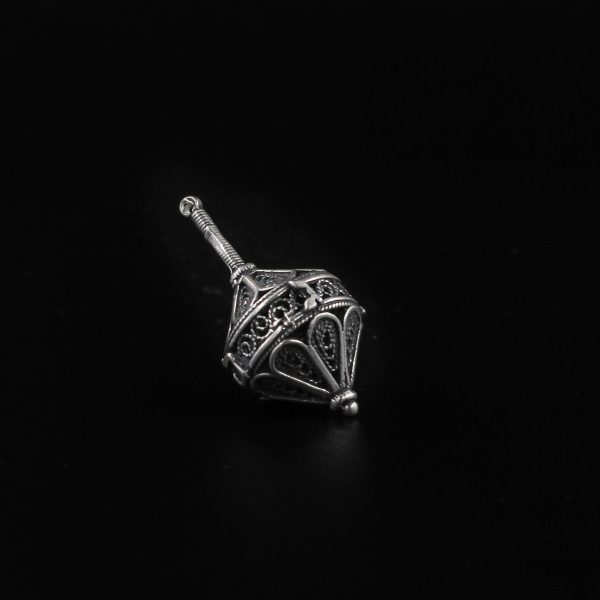
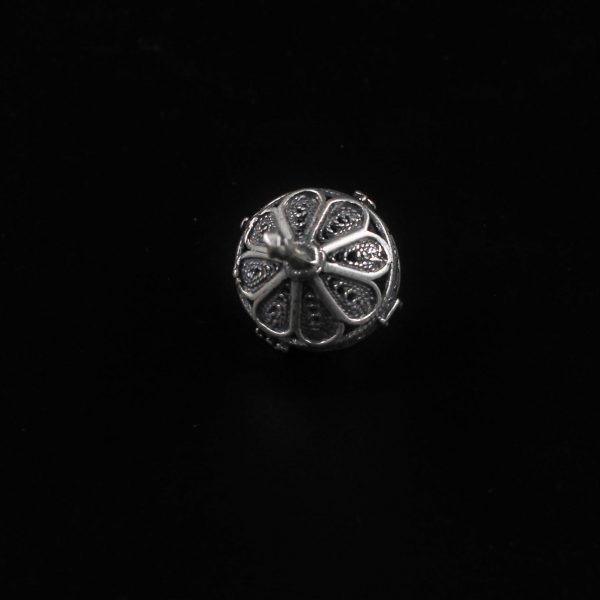
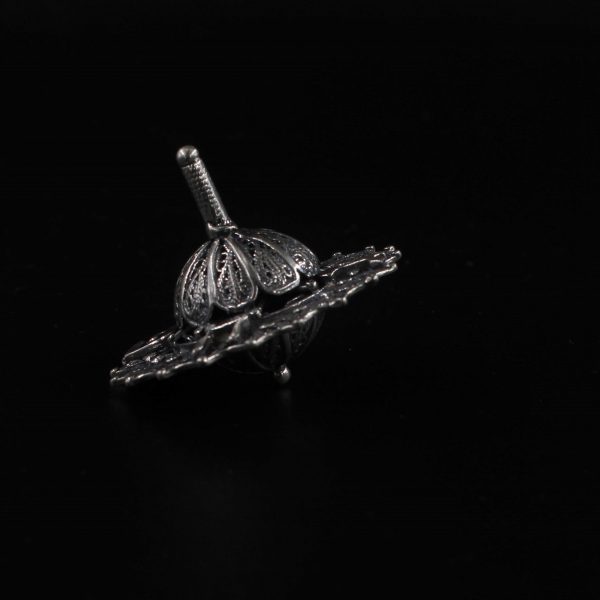
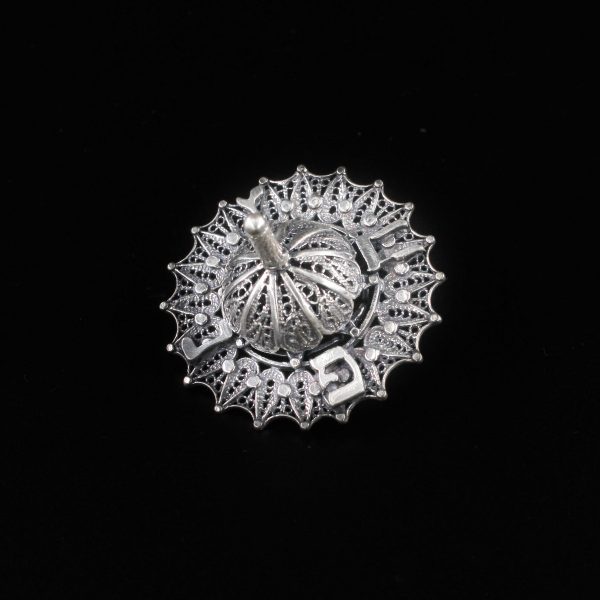
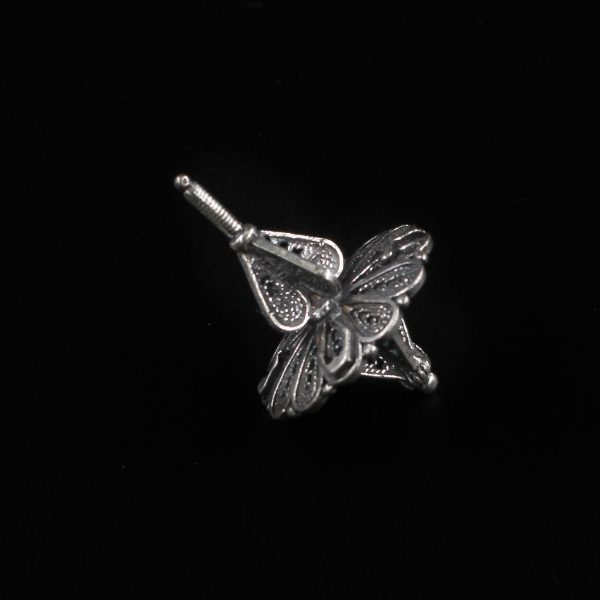
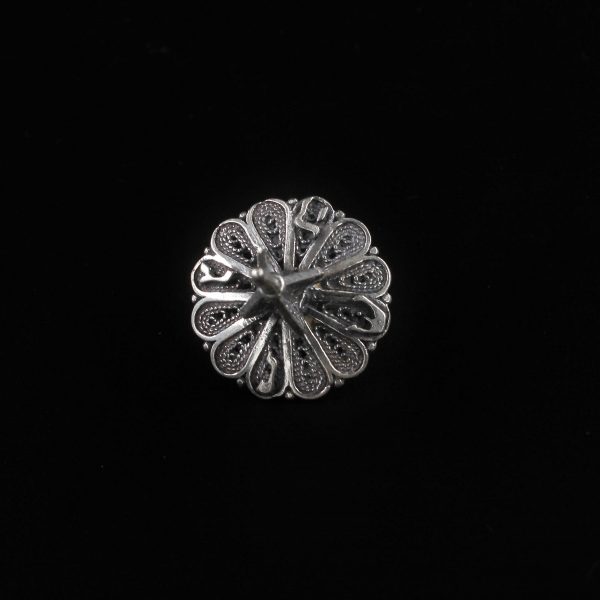
Reviews
There are no reviews yet.